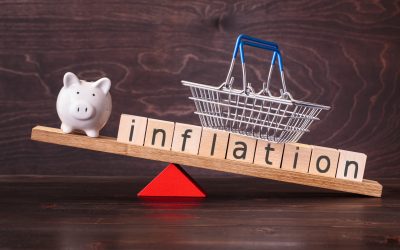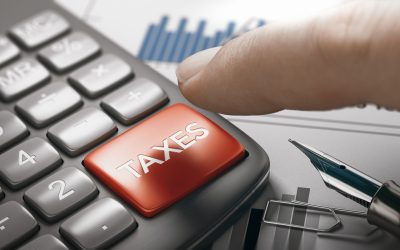
The only certainty in life is that there will be uncertainties. However, that doesn’t mean you can’t create a plan to address them. Retirement shouldn’t be a time of anxiety or worry; it should be a time when you feel financially secure and can enjoy the money you’ve worked hard to earn for decades. The first step is to understand the uncertainties you could face in retirement.
We Could Continue to See High Inflation
Interest rates are at historic lows and could stay low for some time. If you can’t expect to earn much from your savings account or CD, what other investment options could you consider? Due to the potential for high inflation, you may need to continue to grow your wealth in order to help make it last the rest of your life. Consider that a 2% inflation rate can eat away at your retirement savings significantly over the course of retirement: After 20 years with a 2% inflation rate, $1,000,000 would only have the buying power of $672,971.[1]
Could We See a Market Correction Soon?
We’ve seen record highs in the stock market recently, but how long can this last? According to a recent Allianz survey, 54% of American investors see the stock market heading for a crash.[2] There are a few major reasons why we could see a market correction soon, including high inflation and the Delta variant. There was a return to normalcy as COVID infection numbers fell, but then the spread of the Delta variant began. We could see the economy take a pause on its way to fully recovering and continued labor shortages. Consider how a major market correction around the time you retire could affect your finances for the rest of your life.
How Much Will Healthcare Cost You?
An average 65-year-old couple retiring today will need an estimated $295,000 to cover their healthcare costs, and that doesn’t include long-term care costs.[3] Costs can be staggering, Medicare doesn’t necessarily cover costs, and Medicaid is difficult to qualify for, leaving many retirees on their own. In 2020, the median yearly cost for an in-home health aide was $54,912, and the median yearly cost for a private room in a nursing home was $105,850.[4] There are several options for covering costs, and deciding on one can be an important part of a comprehensive financial plan.
Don’t wait until the next crisis to make a plan. The COVID-19 pandemic has shown us that the unexpected can happen at any moment, and it’s important to have a solid retirement plan in place that can weather unexpected storms. Sign up for a complimentary financial review to talk to us about how you can create or update your retirement strategy.
[2] https://markets.businessinsider.com/news/stocks/stock-market-outlook-american-investors-stocks-crash-allianz-covid-inflation-2021-10
[3] https://www.fidelity.com/viewpoints/personal-finance/plan-for-rising-health-care-costs
[4] https://www.morningstar.com/articles/1013929/100-must-know-statistics-about-long-term-care-pandemic-edition



